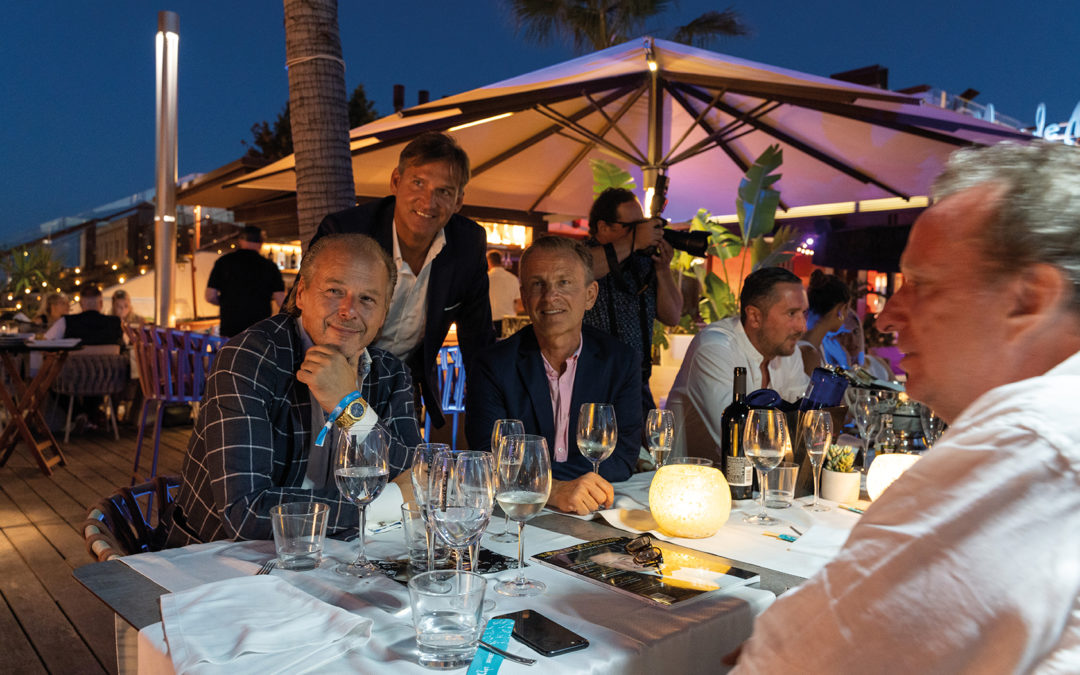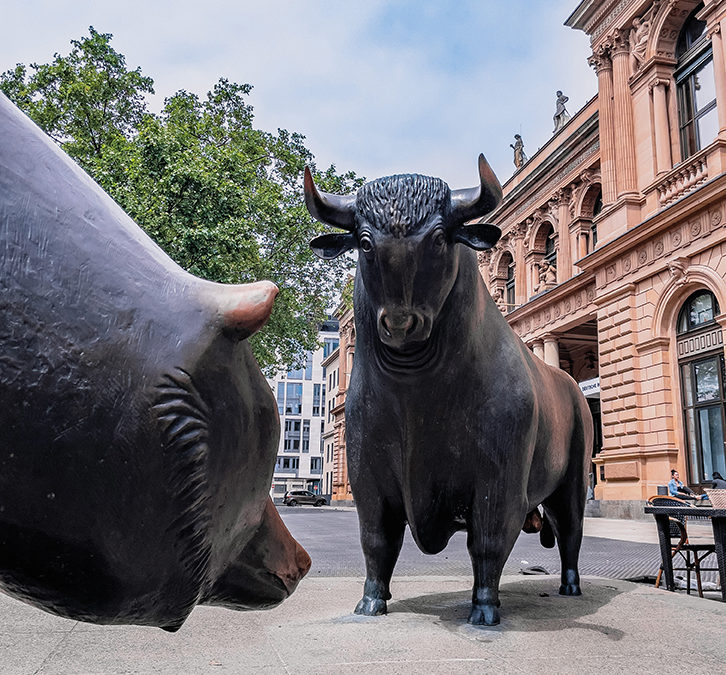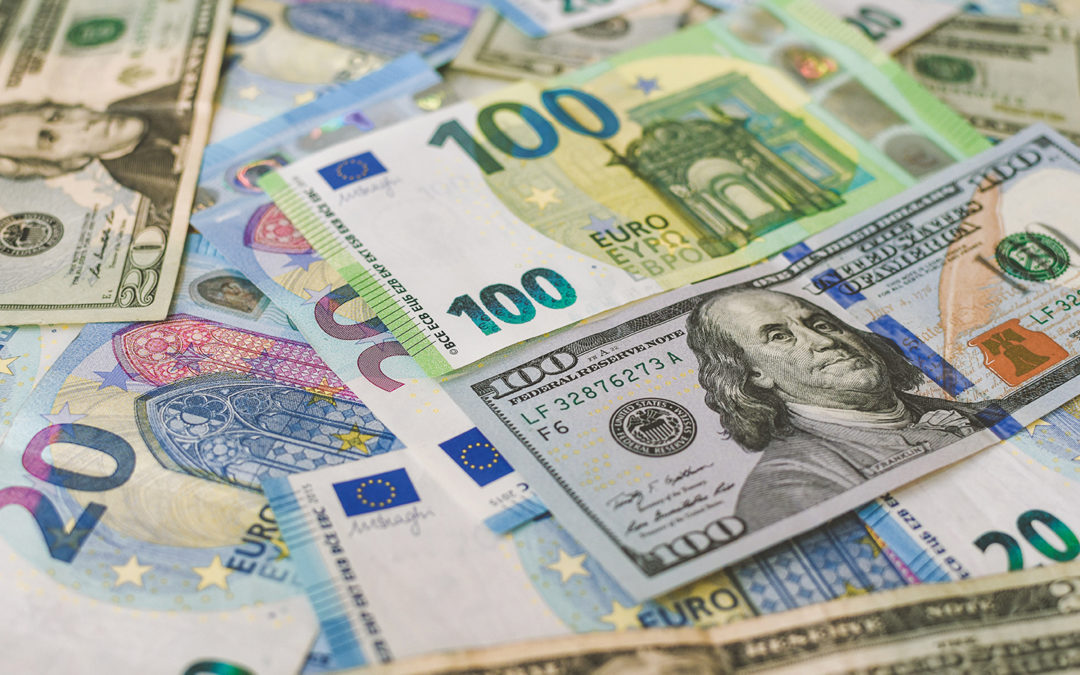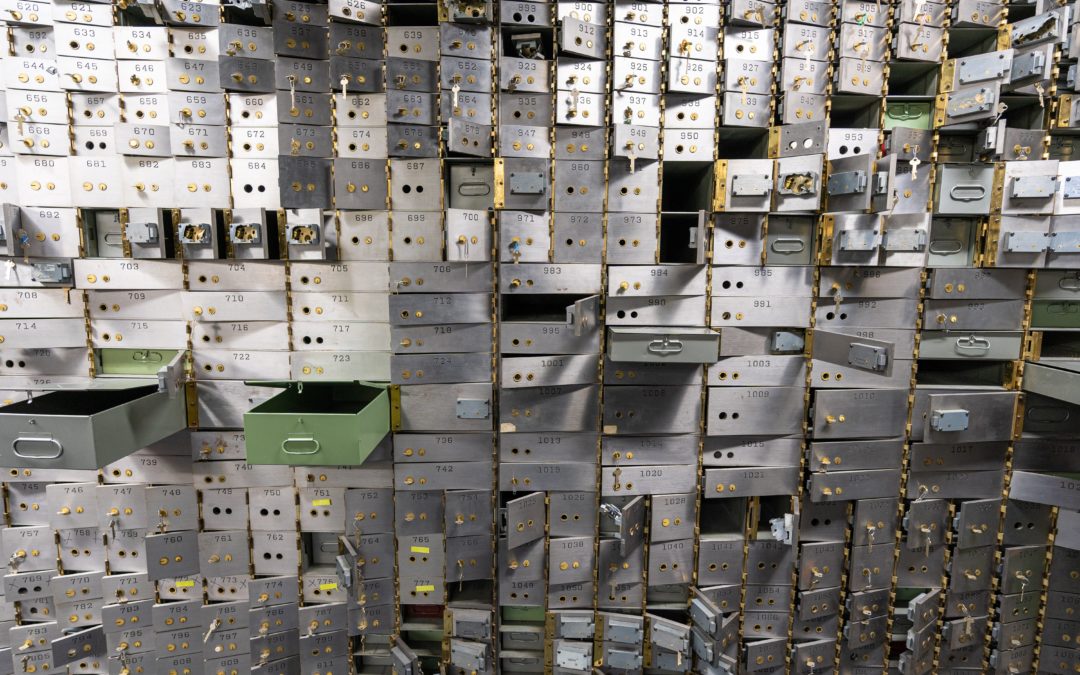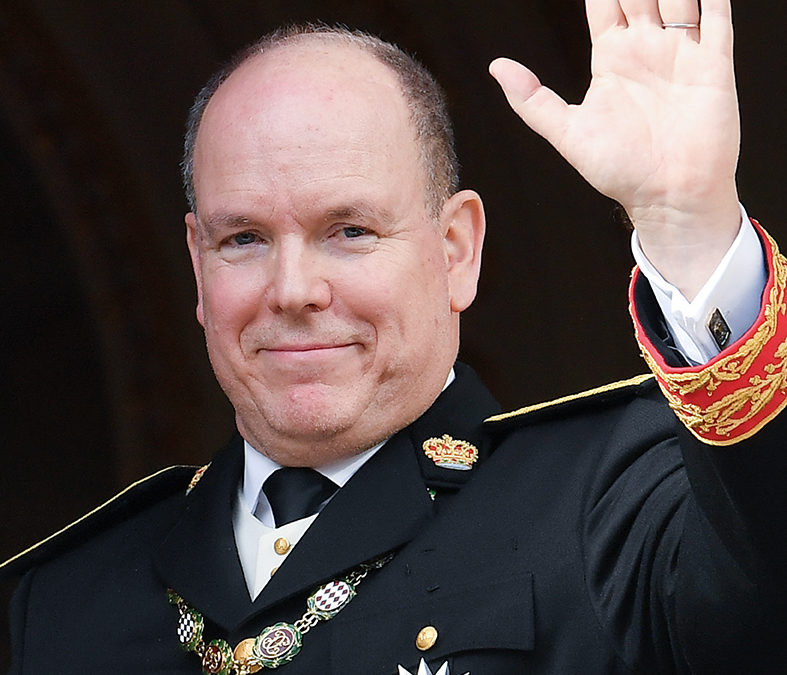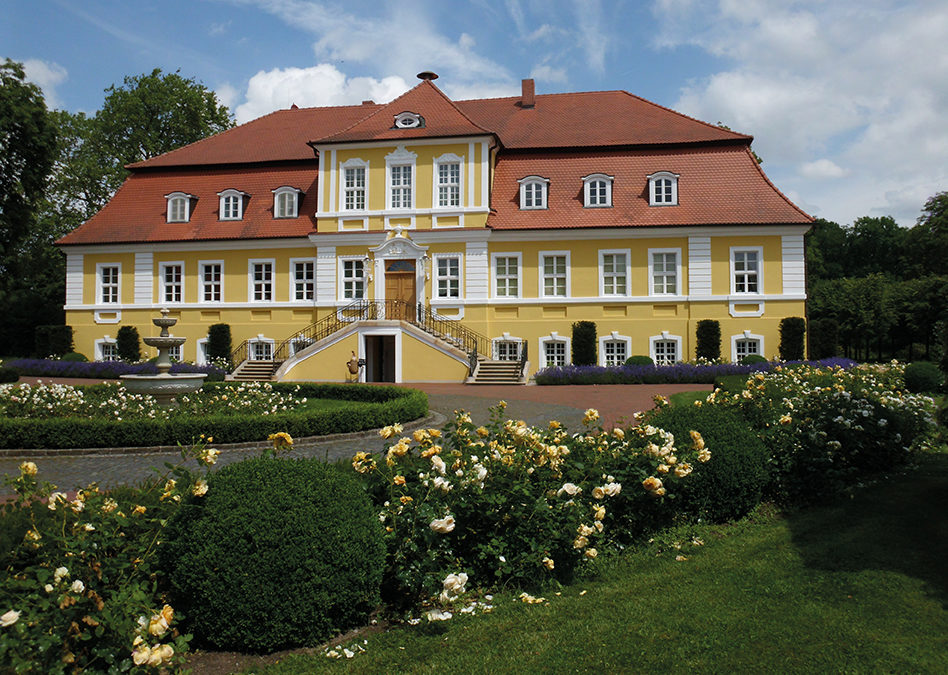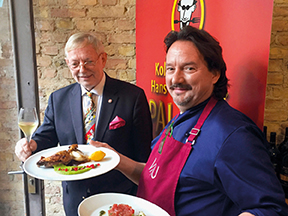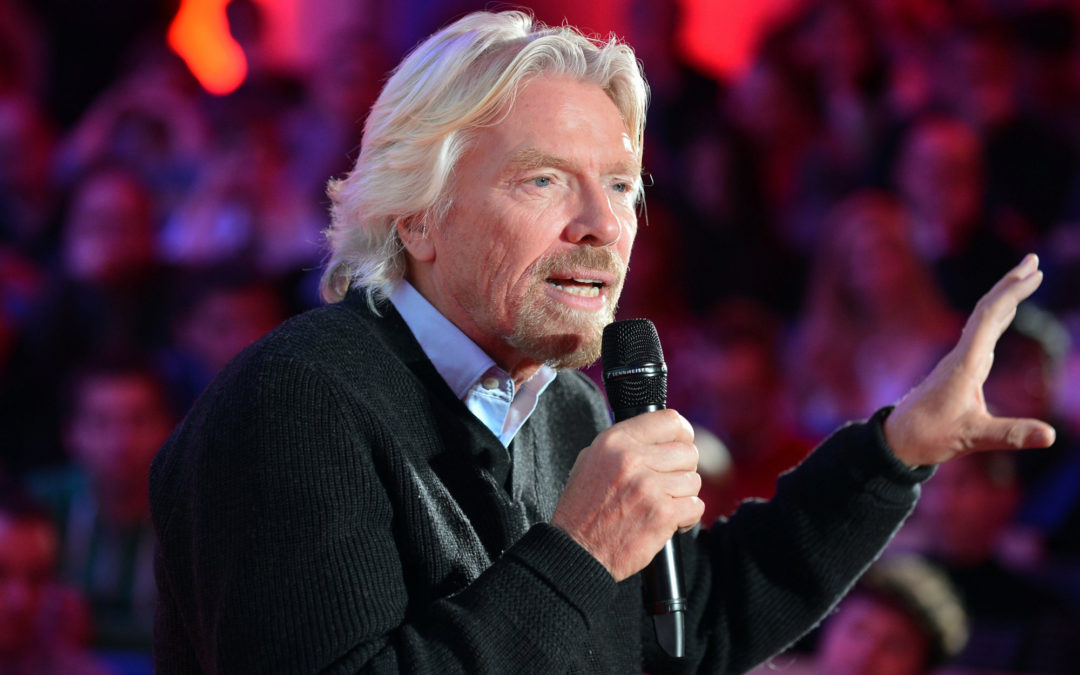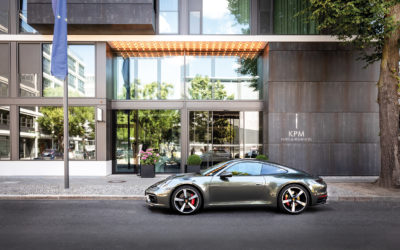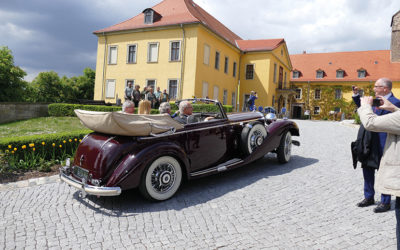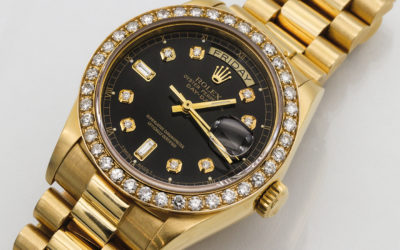scarce resources and high energy prices as well as other crises, the demand seems unlimited. The order books of luxury car manufacturers are full. As a rule, the clientele has secured its already high standard of living with real estate and other investments, and for them, especially in times of crisis, it is also about experiencing pure joie de vivre – in the truest sense of the word. The idea of individuality also plays a role, because especially in this league there is hardly a wish that cannot be fulfilled for the customer.
The number of luxury brands is large, but already in the history of the last century, especially car brands in Germany, England as well as Italy have established themselves. Small but fine companies have sometimes had to survive difficult times, but have been supported by financial aid, especially from German car companies, and are in a better position today than ever before. Rolls Royce, for example, has long been part of BMW‘s portfolio, Bugatti and Bentley belong to Volkswagen and Lamborghini to Audi.
A sight into the top-level region of legendary car brands shows how different needs are met. From luxury limousines that leave no wish unfulfilled to sports cars that almost reach the regions of racing cars with their engine power, there is something for every taste.
Rolls Royce
With 5,586 units sold worldwide, Rolls-Royce 2021 reports the best sales in the company‘s 117-year history. The British luxury subsidiary of the BMW Group was thus able to increase ist sales figures by an impressive 49 per cent compared to the previous year, which was marked by the COVID pandemic, but also clearly left the previous best behind. The record to beat came from 2019 and was 5,152 units. In addition to the global record, the British company can also report furtherregional records, as the previous highs were also surpassed for China, the Americas, the Asia-Pacific region and numerous individual markets. The most important sales driver in 2021 was the new Rolls-Royce Ghost, whose Black Badge variant, introduced a few months ago, also contributes to the great interest. Together with the continuing high demand for Phantom and Cullinan, the Ghost boom ensures full order books – and also an extremely high demand for used vehicles from the Provenance programme, because not every customer wants to put up with the long waiting times for a new car. For many customers, however, the waiting time plays a subordinate role, because it is the only way to realise the individual special wishes within the framework of the Rolls-Royce Bespoke programme: In this area, too, the British are registering record demand, with hardly any limits set to extravagant wishes. Based on the worldwide sales figures for 2021, Rolls-Royce continues to describe itself as the clear market leader in the highly exclusive segment of luxury cars with prices above 250,000 euros. From 2023, the British company wants to tap into yet another target group. With the Rolls-Royce Spectre, the first electric car built in series will come from Goodwood in order to be able to make an irresistible offer to customers with the desire for emission-free mobility.
Ferrari
Italian sports car maker Ferrari has delivered around 11,000 cars in 2021. This is an increase of 22 per cent compared to the previous year, according to the company. Turnover rose by 23 per cent from just under 3.5 billion to just under 4.3 billion euros. The bottom line was 833 million euros in profit, 37 per cent more than in 2020. Ferrari is targeting 4.8 billion euros in sales this year. Among many highlights in Ferrari‘s line-up, the 296 GTB shines as one of the most exciting Ferraris in years. On the one hand, with its modern hybrid powertrain and aggressive design, it is a typical supercar of the modern make. On the other hand, its V6 engine and basic concept can be interpreted as a homage to the first Dino, which was the internally unloved entry-level model of the Italian sports car forge between 1969 and 1974. Even though its engine has comparatively few cylinders for a Ferrari, the 296 GTB is bursting with power. The completely newly developed six-cylinder engine has a displacement of only three litres, but delivers 663 hp to the eight-speed dual-clutch transmission. When the electric motor assists it, it even delivers 830 hp. The car goes from zero to one hundred in 2.9 seconds. Acceleration only comes to a standstill at 330 km/h. In terms of price, the hybrid sports car starts at around 270,000 euros, at least in Italy.
Bentley
The story is too good to be true: Supposedly, a Bentley is so comfortable because the car was originally built around a comfortable leather sofa. This thesis is, of course, a legend, but it is true that the British noble brand sources its leather for the interior from its own cattle herds, which guarantee the very highest quality. Comfort has always been a priority here, but the technical features also speak for themselves – a symbiosis that is evident in the new Flying Spur model. Speaking of symbiosis: the new Bentley bears many elements of the German high-tech siblings Porsche and Audi from the parent company Volkswagen. Apart from the W12 variant, there is also a small Flying Spur with a four-litre biturbo V8. In the new Flying Spur, the s ix-litre biturbo produces 635 hp, which is distributed to all four wheels via an eight-speed dual-clutch transmission (gears seven and eight are designed as overdrive). Together with the new all-wheel steering, the Flying Spur is said to have become so much more light-footed. The Bentley has enough power, as the 2.4-tonne four-door is said to accelerate from a standstill to 100 km/h in just 3.8 seconds. For those in a particular hurry on the way to the next appointment or on holiday, the Bentley can accelerate up to 333 km/h. The cockpit is modern. Here the driver looks at a completely digital instrument, but there are also analogue displays. But also banal things like storage compartments and USB ports can be found. A glass panorama roof extends above all passengers. The front part of the roof can be opened, while the rear part can be darkened. For even more privacy, electrically operated curtains are available.
Maybach
The name Maybach makes the eyes of enthusiasts light up. In 1921, the company founded by Wilhelm Maybach presents its first model, the Maybach W3, to the public at the IAA in Berlin. Until 1940, the Swabians build opulent luxury cars that become the status symbols of their time. The Maybach Zeppelin becomes world famous. Since 2014, the luxury brand Maybach has once again been part of the Daimler Group. However, only the most high-class cars are released as Mercedes-Maybach. The model with the greatest demand is the Maybach S-Class. In addition to incredible luxury on board, the new model impresses with its technology: if there is no chauffeur at the wheel, the luxury car can drive autonomously up to 60 km/h – as soon as the law allows it. Compared to the standard Maybach, the V12 of the modern Zeppelin offers a slight power increase of 28 hp to 640 hp. Acceleration is tremendous up to 250 km/h despite an unladen weight of just under three tonnes. Meanwhile, the driver and passengers enjoy the grandiose Maybach luxury in the interior – just a little more exclusive than usual. The calf support of the Executive seats (standard) now has a massage function, and there are ten different massage programmes in the Maybach. A neck and shoulder heater surrounds the passenger. The seat surface and backrest of the individual rear seats can be adjusted inde- pendently of each other. And the refrigerated compartment in the centre console keeps drinks and snacks at the desired temperature of 1 – 7 degrees. And those who like to consume their sparkling wine in style can order silver-plated champagne goblets as an optional extra. In addition to the saloon models, an SUV and a convertible model belong to the range of the noble brand, so that off-road enthusiasts get their money‘s worth just as much as outdoor fans.
Koenigsegg
The Swedish sports car manufacturer Koenigsegg is somewhat out of the line-up of successful corporate symbioses. In 1994, Christian von Koenigsegg founded his own sports car factory. The entrepreneur wanted to build pure driving machines with low weight, high engine power and high-quality materials. Volvo and Saab supported the project, and series production began in 2000. Again and again, Koenigsegg had big plans. In 2019, the Swedish brand presented the 1600 hp Jesko hyper sports car at the Geneva Motor Show. Now, just under two and a half years later, according to company founder Christian von Koenigsegg, it should be very close to the production version planned for spring 2022. Not only its price of 2.8 million euros is impressive, but also its performance, which is stated at a whopping 1,600 hp. A special attraction of almost all noble brands is the mixture of innovation and tradition. Nevertheless, everyone finds the car that suits them best, be it the rather reserved gentleman in his limousine, for whom it is enough that he could if he wanted to, or the racer who constantly needs to have his foot on the accelerator. Added to this is a unique service concept that is lived out in this luxury lifestyle segment and is unparalleled. Customers‘ individuality is not only respected, but encouraged. This is certainly part of the secret of success of these legendary car brands. Here, the customer is still king – and who wouldn‘t want to be?
